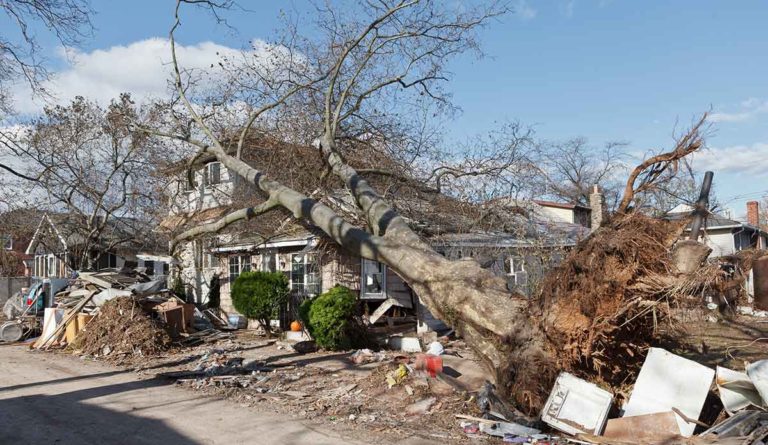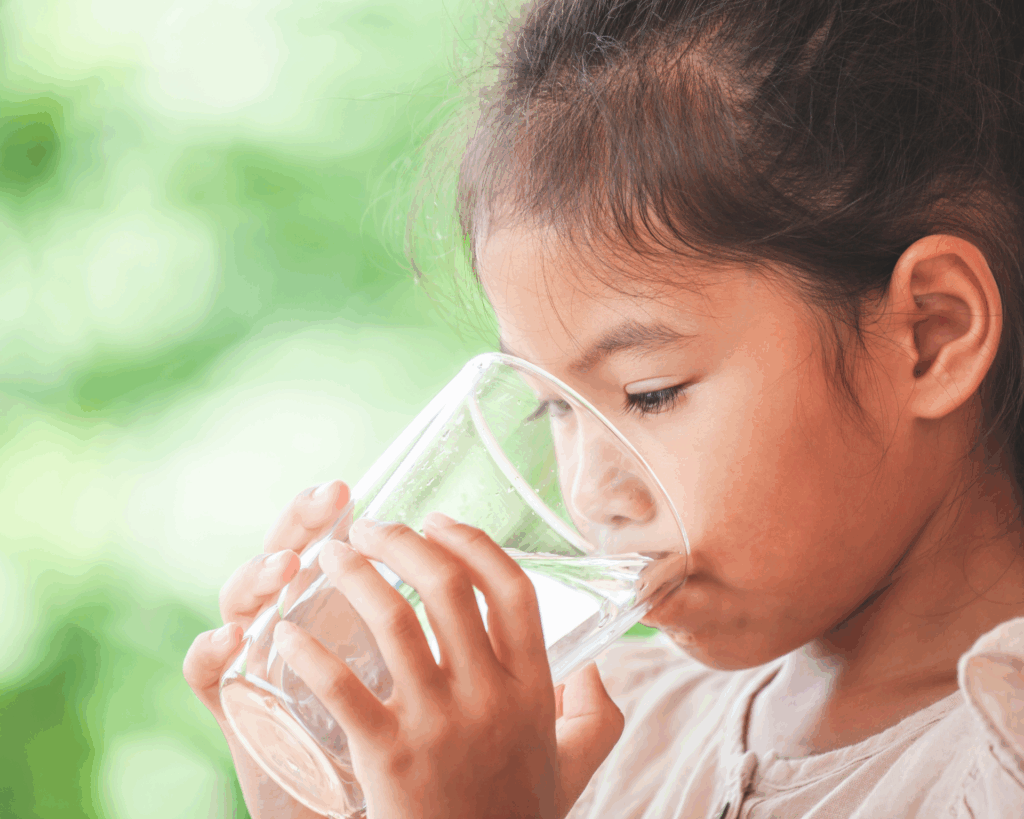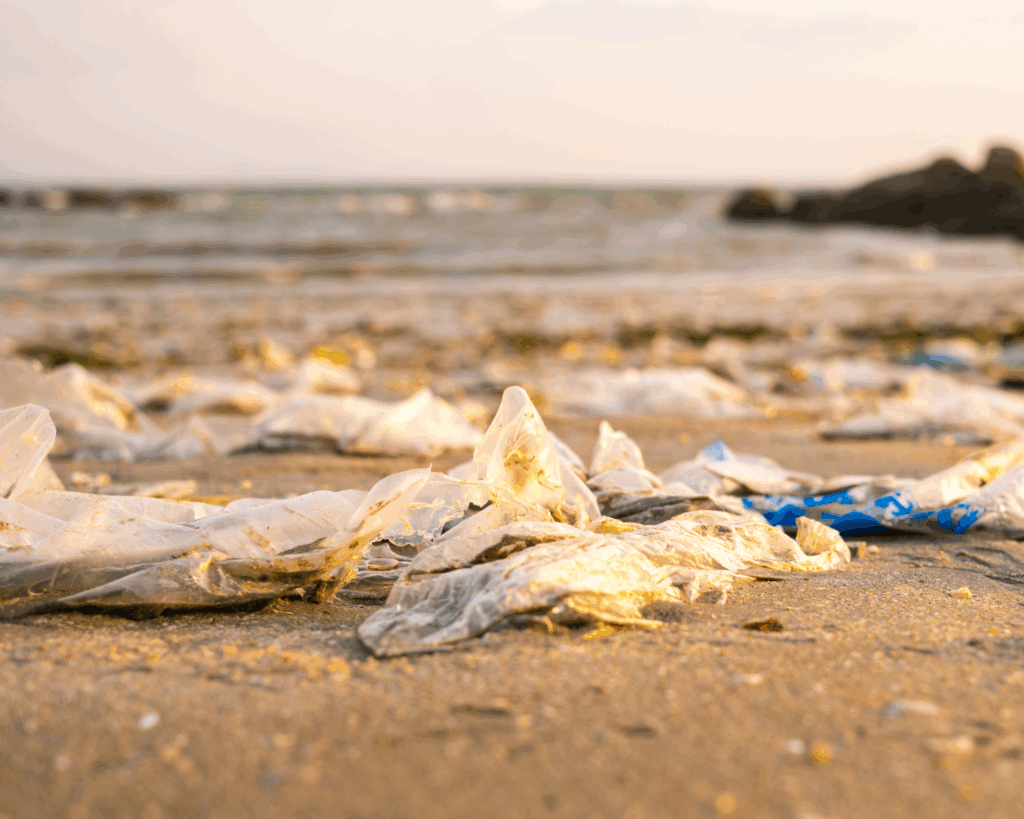Mortality Following Hurricane Sandy
Understanding the patterns of health effects of destructive storms, especially deaths, are key to developing federal and state plans to mitigate against them. Support services may be needed for at least the quarter following a storm.

Read Time: 4 minutes
Published:
Climate scientists predicted in 2010 that Category 4 and 5 hurricanes will double in frequency by the end of the 21st century. For the 2017 hurricane season, Hurricanes Harvey, Irma, Katia, and Maria occurred in quick succession, substantiating these predictions as they left a path of destruction throughout the Caribbean and the southern United States. In 2012, Hurricane Sandy, a late season hurricane, became a hybrid “superstorm” after merging with a Nor’easter on the eastern seaboard of the United States. Understanding the patterns of the health effects of destructive storms, especially deaths, are key to developing federal and state plans to mitigate against them.
Overall, Sandy was found to be directly responsible for about 150 deaths, such as those due to drownings from storm surges; about half of these occurred in the United States. However, indirect deaths, such as those due to interruptions in ongoing care, accidents in the home resulting from electricity outages, etc. were reported by NOAA to vastly outnumber direct deaths. These are deaths that might have been averted through public health activities. However, identifying such deaths is very difficult.
With funding from the U.S. Centers for Disease Control (CDC), a team of statisticians, epidemiologists and public health physicians compared deaths occurring in New Jersey in the month and quarter following Sandy with patterns from other years. We combined these data with a measure of the storm’s impact at the municipality level developed by Stephanie Hoopes Halpin from the Rutgers School of Public Affairs and Administration. We report on this effort in the August 2017 issue of American Journal of Public Health.
However, indirect deaths, such as those due to interruptions in ongoing care, accidents in the home resulting from electricity outages, etc. were reported by NOAA to vastly outnumber direct deaths. These are deaths that might have been averted through public health activities.
In the month of the storm, starting the day before the storm made landfall in New Jersey, mortality was 6% higher than in the analogous month in non-Sandy years. Moreover, in the areas that experienced the greatest impact of Sandy, the increase was 12% whereas it was 5% and 8% higher in the least and intermediate impact communities. Similar findings were revealed when we estimated mortality during the first quarter following the storm: mortality increased by 7% in New Jersey as a whole, and ranged from 5% in the lowest impact, to 8% in the intermediate impact, to 15% in the highest impact communities.
We also studied broad categories of causes of death and found distinct patterns. Cardiovascular diseases were increased by 6% in the month and the quarter of the storm. Noninfectious respiratory diseases such as asthma induced an 8% increase in deaths during the Sandy month but increased to 24% higher than expected for the quarter. Deaths due to infectious causes followed a pattern similar to that of noninfectious respiratory causes, going from 6% increased for the month and 20% for the quarter. The largest increases in mortality were due to unintentional injuries, increasing by 23% for the month but only 10% for the quarter, suggesting that most of this increase may have been due to immediate storm effects such as power interruptions. Generally, higher impact communities had higher mortality rates than those less impacted.
We found that mortality in persons aged 76 years and older increased by 10% over that expected in the month and 13% in the quarter of the storm. Estimates of deaths due to unintentional injury among the elderly was a 33% excess in the month and 26% in the quarter of the storm.
Our approach to assessing changes in the wake of Hurricane Sandy focused on estimating excesses. Our data suggest that mitigation efforts and/or support services may be needed for at least the quarter following a storm, particularly amongst the elderly and those living in heavily affected areas. There may be longer term excesses beyond the quarter which we did not evaluate, given the long clean-up and rebuilding periods. Even today, five years after Sandy, some homes are still being rebuilt and some residents have yet to return to their homes.
Feature image: John de Guzmán, Staten Island – Hurricane Sandy, used under CC BY 2.0




